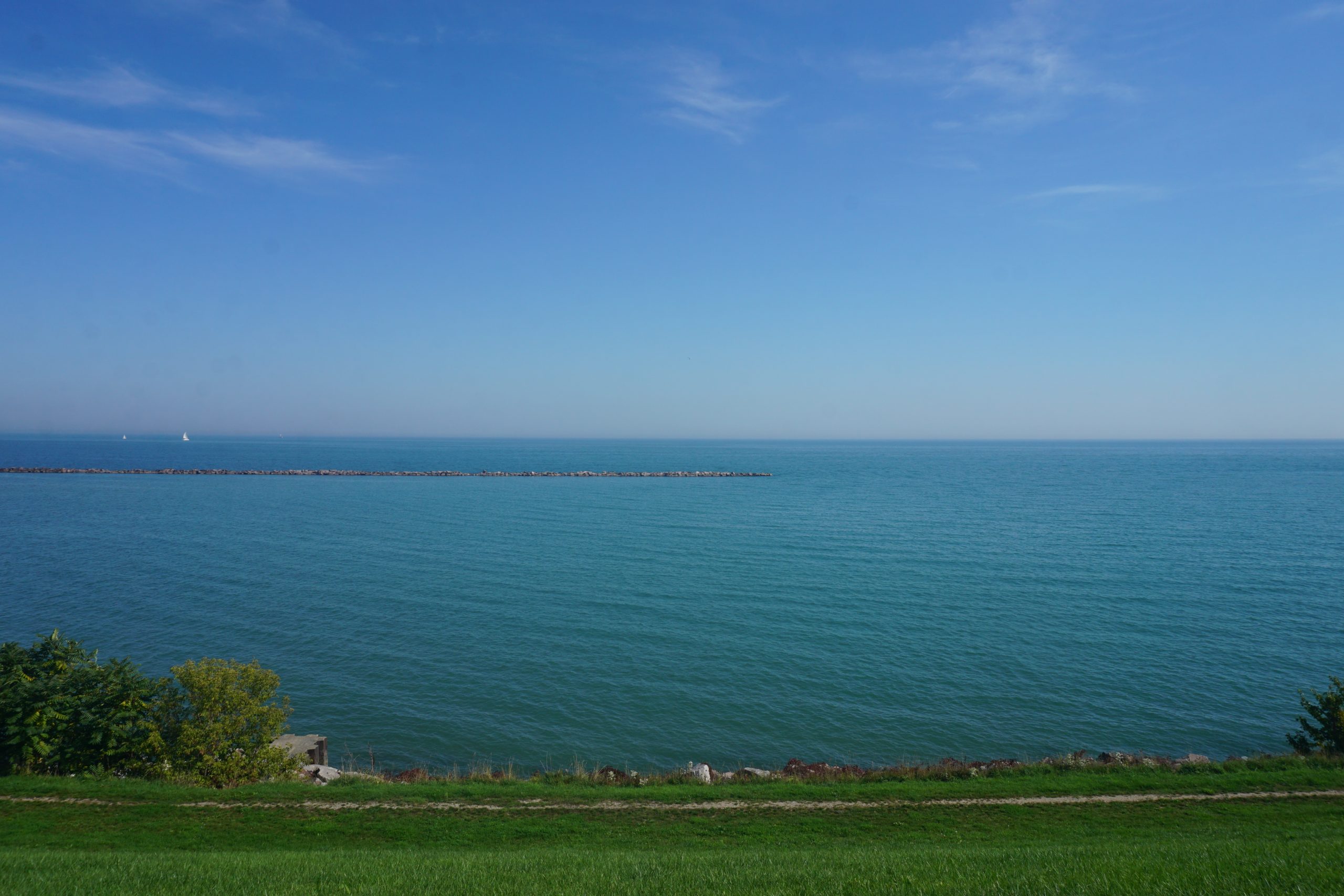Lake Michigan is renowned for its ever-changing and captivating colors, which can range from the palest of blues to the deepest of grays. These colors are the result of a complex interplay between light, water, and the various elements that make up this vast and dynamic body of water.
Factors Influencing Lake Michigan’s Colors

Light and Water Interaction
The interaction between light and water is a primary driver of Lake Michigan’s colors. Pure water has the ability to absorb light, with the blue wavelengths being the least absorbed. This means that the deeper the water, the more the blue hues become visible, creating the deep, rich blues that are characteristic of the lake’s central regions.
The angle of the sun’s rays also plays a role, with shallower areas appearing lighter in color as the light is reflected off the surface, while deeper areas take on a darker, more intense blue.
Suspended Particles and Sediments
The presence of suspended particles and sediments in the water can significantly impact the lake’s color. Runoff from nearby rivers and streams can introduce sediments and nutrients, causing the water to appear more murky or brown. Algae blooms, too, can give the water a greenish hue, while the presence of calcium carbonate can create swirling patterns of white.
Aquatic Life and Invasive Species
The introduction of invasive mussel species, such as Zebra and Quagga mussels, has had a profound impact on Lake Michigan’s colors. These mussels have significantly reduced the amount of phytoplankton (green algae) in the lake, leading to cleaner, bluer water. However, this reduction in phytoplankton has also impacted the food chain, affecting the populations of small fish and larger fish that depend on them.
Impact of Aquatic Vegetation on Water Quality

Submerged Aquatic Vegetation (SAV)
Submerged aquatic vegetation plays a crucial role in maintaining the water clarity of Lake Michigan. These plants help to absorb excess nutrients and reduce the resuspension of sediments, which can contribute to improved water quality and clarity. The presence of SAV also supports a diverse aquatic ecosystem, providing habitat for a wide range of species.
Phytoplankton and Algae
Phytoplankton, or microscopic algae, are an essential component of the lake’s ecosystem, serving as a food source for many aquatic animals. However, excessive growth of algae can lead to water quality issues, such as decreased oxygen levels and increased turbidity, which can have negative impacts on the overall health of the lake.
Lake Ecosystem and Water Clarity
Water Clarity
Over the past two decades, the clarity of Lake Michigan has improved significantly, with a 20% increase in water transparency. This increased clarity can have both positive and negative impacts on the ecosystem, as it can make it harder for fish and wildlife to hide, while also reducing the availability of food sources.
Lake Ecosystem
The ecosystem of Lake Michigan is a complex and interconnected system, with changes in one component affecting the others. Maintaining a balance between water clarity, aquatic vegetation, and phytoplankton is crucial for the overall health and sustainability of the lake.
Cost, Timings, and Directory Information
The cost of maintaining and studying Lake Michigan’s ecosystem is not easily quantified, as it involves ongoing research, conservation efforts, and the coordination of various stakeholders. The timing of water sampling and research varies depending on the specific goals and objectives of each study.
For more information on Lake Michigan’s ecosystem and conservation efforts, you can contact organizations such as the UWM School of Freshwater Sciences, the Shedd Aquarium, or the Schlitz Audubon Nature Center.
